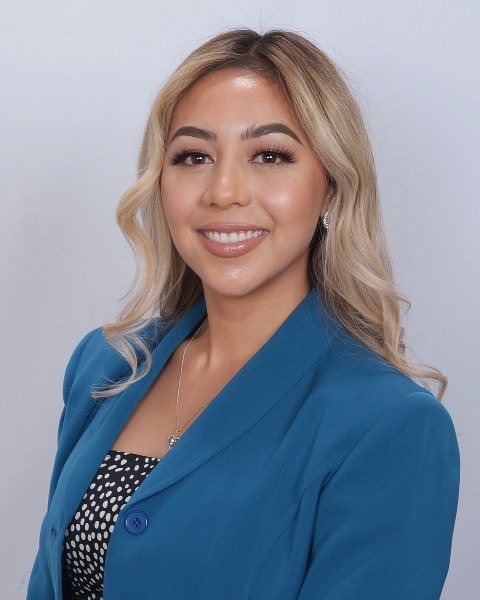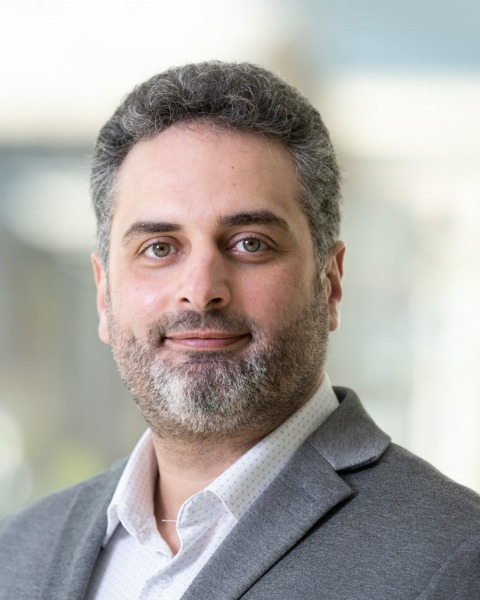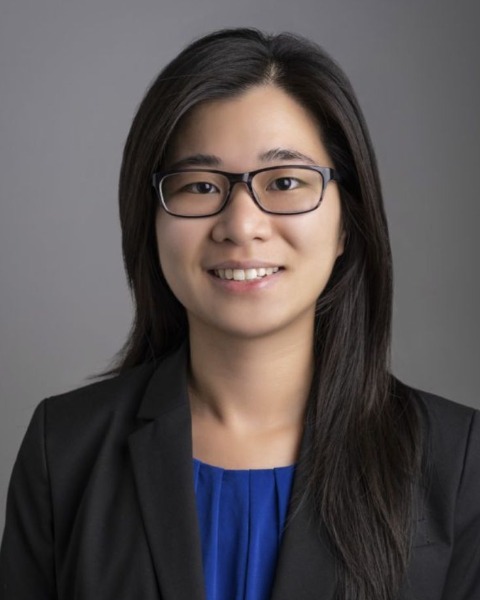Research (R)
PP1314 - Effects of COVID-19 on Audiology Education

Dezsiree Gubisch Datu Khamosh, BS (she/her/hers)
Student Presenter
University of the Pacific
University of the Pacific
Concord, CaliforniaFinancial Disclosures: I do not have any relevant financial relationships with anything to disclose.
Non-Financial Disclosures: I do not have any relevant non-financial relationships with anything to disclose.- QD
Qingwen Dong, Quantitative Research Methods and Data Analysis (he/him/his)
Professor of Communication
University of the Pacific
Stockton, CaliforniaFinancial Disclosures: I do not have any relevant financial relationships with anything to disclose.
Non-Financial Disclosures: I do not have any relevant non-financial relationships with anything to disclose. 
Fadi Najem, AuD, PhD (he/him/his)
Assistant Professor
University of the Pacific, CaliforniaFinancial Disclosures: I do not have any relevant financial relationships with anything to disclose.
Non-Financial Disclosures: I do not have any relevant non-financial relationships with anything to disclose.
Celia Zhang, AuD, PhD (she/her/hers)
Assistant Professor
University of the Pacific
University of the PacificFinancial Disclosures: I do not have any relevant financial relationships with anything to disclose.
Non-Financial Disclosures: I do not have any relevant non-financial relationships with anything to disclose.
Lead Presenter(s)
Presenter(s)
Summary:
Objectives and Rationale: Covid-19 has disrupted clinical education processes in Au.D. programs and clinical settings. There is a need to evaluate the impacts of Covid-19 on the teaching and learning experiences to adapt to changes and modify training procedures and processes in the future. The purpose of this study is to compare between faculty and students 1) quality of education, 2) knowledge and skills from didactic education, 3) clinical skills, 4) quality of resources, and 5) burnout.
Design: 50 faculty members and 60 students completed an online survey that examined changes in quality of education, knowledge and skills learned from coursework and clinical experiences, quality of resources, and burnout during the pandemic. The survey was distributed via social media including posting in Facebook groups and was emailed to all department chairs of audiology programs in the US to be distributed to all faculty and students.
Results: Reliability test was performed for each subset of the survey questions and Chronbach’s alpha was greater than 0.75 for all subsets, indicating high reliability. Results showed significant differences in perception between students and faculty in terms of quality of education, students perceived that the quality of education increased, while faculty though that the quality of education decreased. Student and faculty burnout was assessed using the Oldenburg Burnout Inventory and showed that students had a higher burnout score when compared to faculty. Correlation analysis revealed a significant negative, moderate relationship between knowledge/skills from coursework and burnout. Moreover, there is a significant correlation between quality of resources and quality of education, and a significant correlation between clinical skills and knowledge/skills from coursework.
Conclusion: This study shows the changes in audiology education on many aspects of the audiology education and experiences and provides educational insights for the audiology community regarding implementing effective adaptations of teaching and learning methods in future challenging situations similar to the pandemic.
Learning Objectives:
- Identify the impact of Covid-19 on audiology education.
